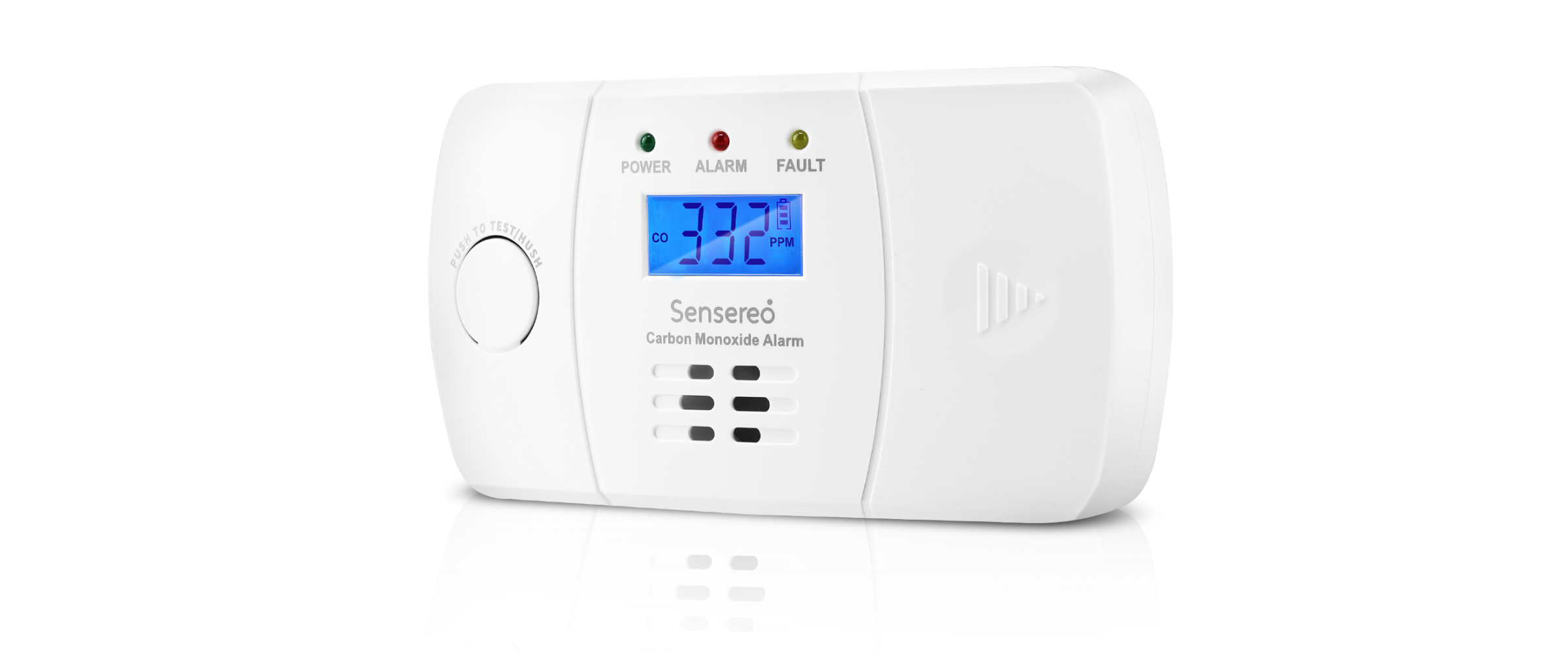
Built for Reliability
Standalone Carbon Monoxide Detector C-1 powered by Figaro TGS-5042 Sensor
Providing 10 years of protection with one of the most reliable CO sensors on the market.
The C-1 standalone carbon monoxide detector is designed for dependable home safety. Built to operate independently, this battery operated carbon monoxide detector requires no wiring or smart home integration—making it ideal for apartments, rental units, and areas without existing alarm systems. It offers long-lasting protection and ensures fast, audible alerts when dangerous CO levels are detected.
Figaro powered CO Sensor
TGS-5042: Precision Engineering for Reliable Carbon Monoxide Detection
This carbon monoxide detector is equipped with advanced sensing technology powered by the Figaro TGS-5042—a sensor widely recognized for its accuracy and long-term reliability in residential and commercial safety devices.
The TGS-5042 is engineered for precise and stable carbon monoxide detection. It continuously monitors air quality and responds quickly to hazardous CO concentrations, delivering timely alerts that help prevent poisoning and long-term exposure.
Optimized for low-power operation, the TGS-5042 is especially suitable for battery operated CO detectors, ensuring consistent performance over extended periods. This makes the C-1 a strong contender among the best carbon monoxide detectors for households seeking low-maintenance, trustworthy protection.
Key Features:
-Standalone, no installation required
-Powered by TGS-5042 precision sensor
-Up to 10 years of continuous operation
-Suitable for bedrooms, kitchens, and basements
-Compact design with loud alert signal
-One of the best CO detectors for battery-based use
Optimized for low-power operation, the TGS-5042 is especially suitable for battery operated CO detectors, ensuring consistent performance over extended periods. This makes the C-1 a strong contender among the best carbon monoxide detectors for households seeking low-maintenance, trustworthy protection.
Key Features:
-Standalone, no installation required
-Powered by TGS-5042 precision sensor
-Up to 10 years of continuous operation
-Suitable for bedrooms, kitchens, and basements
-Compact design with loud alert signal
-One of the best CO detectors for battery-based use
Frequently Asked Questions
What is a standalone carbon monoxide detector?
Is the C-1 carbon monoxide detector suitable for homes without smart systems?
How long does the C-1 CO detector last?
What makes the C-1 one of the best carbon monoxide detectors?
Where should I install the C-1 CO detector?
Why is a carbon monoxide detector important?
How does a carbon monoxide detector work?
Do carbon monoxide detectors need Wi-Fi or smart home systems?
How often should a carbon monoxide detector be replaced?
How many carbon monoxide detectors do I need in my home?


